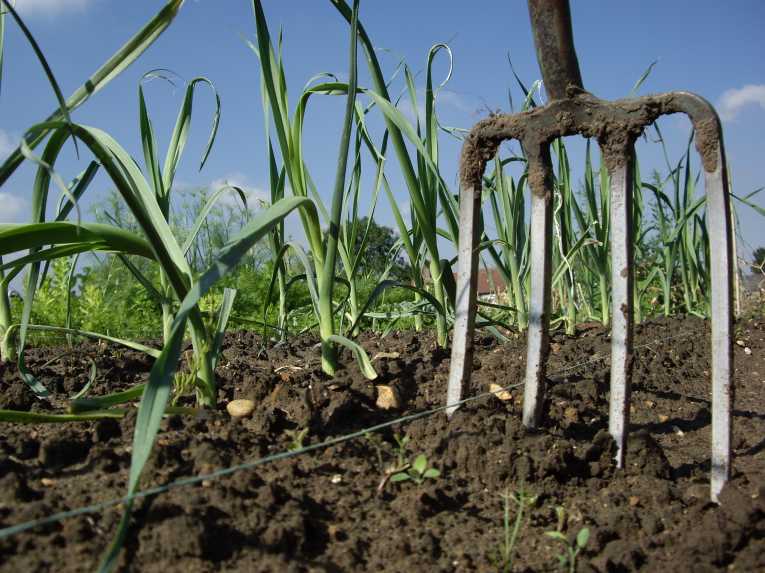'Mother knows best' is a truism being reinforced by a new study into the effect on water and carbon cycles of green-farming techniques, in New South Wales, Australia. Of course the maternal guidance in this case is coming from Mother Earth. And the farming approaches being looked at here - by Natural Sequence Farming (NSF) pioneers - seek to mimic natural cycles, in order to reconnect disrupted ecological cycles.
The work, published in the latest volume of the International Journal of Water,looked at radically new approaches to farming in the Hunter Valley area of New South Wales. This had suffered from 200 years of careless exploitation. The techniques that European settlers bought with them, of extensive clearing, burning, draining, irrigation, over-grazing and plowing, had robbed the soil of organic content, and left it increasingly saline.
The carbon loss occurred first through the removal of the original vegetation, which stored much carbon in its leaves, stems and trunks; then through the oxidation of carbon in newly exposed soils; and finally through increased soil erosion, which carried away much of the organic-rich sediment during flooding. All of these degraded the soil quality at a local level - but they also have global implications.
That lost carbon is often returned to the atmosphere as CO2, and so contributes to an increase in the levels of greenhouse gases - and so to global warming. Because conventional farming fails to hold onto the soil carbon, in effect it breaks a link in the carbon cycle. Similarly, the water cycle is broken in irrigation-heavy farming, as aquifers are drawn down, and soils become salt-laden. But the link from plants to the atmosphere also suffers - plants 'sweat' moisture in a process known as transpiration, and this moisture raises, cools, and then is returned to the soil as rain water - a local water cycle.
The study by local NSF stalwarts, Peter Andrews and Duane Norris, details how the natural approaches to farming, advocated in Natural Sequence Farming, helped to heal the enfeebled land. The technique involves first restoring fertility to the soil through the addition of organic mulches and fertilizers. The next step is to recharge the aquifers with fresh water - and this involves schemes to divert and block off creeks, so that fresh flood-waters meander and seep across the land, rather than being channeled out to sea.
Thirdly, natural species are allowed to established where-ever practical in the landscape - that can include allowing weeds to grow up to protect soils, between period of cultivation. The whole approach is guided by a deep and thorough understanding of the natural ecosystem that existed before intensive agriculture, and to try and build solutions that mimic them.
Given that Australia is widely recognized as being in the environmental knife-edge, in over-exploiting its fragile ecosystems, the work in this study is to be welcomed. It offers a sustainable path for Australia out of the multiple assaults that climate-change has inflicted on the continent. It may also add a contribution towards the slowing of the rush of global warming as well; something both man and Mother Nature would no doubt appreciate.










